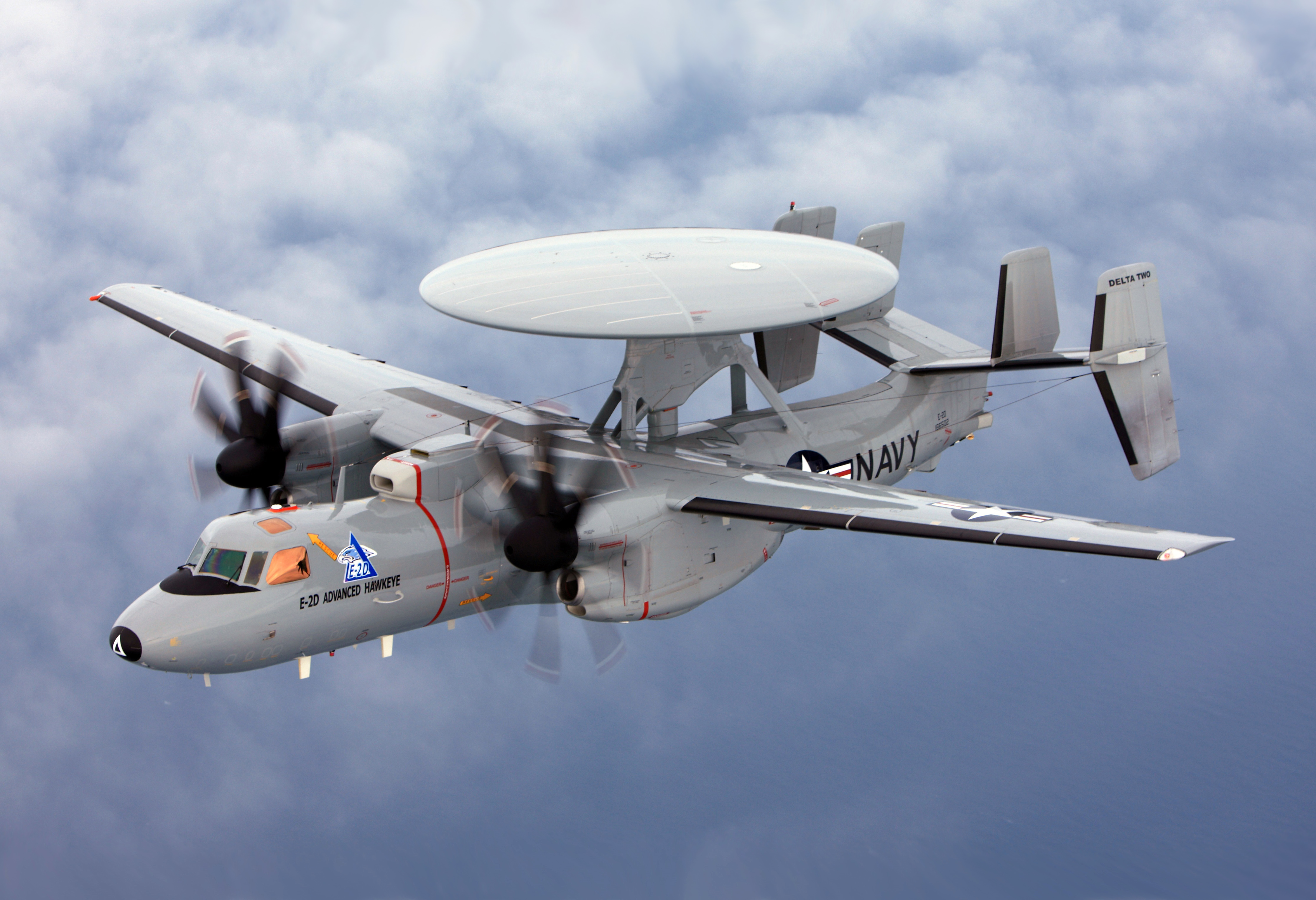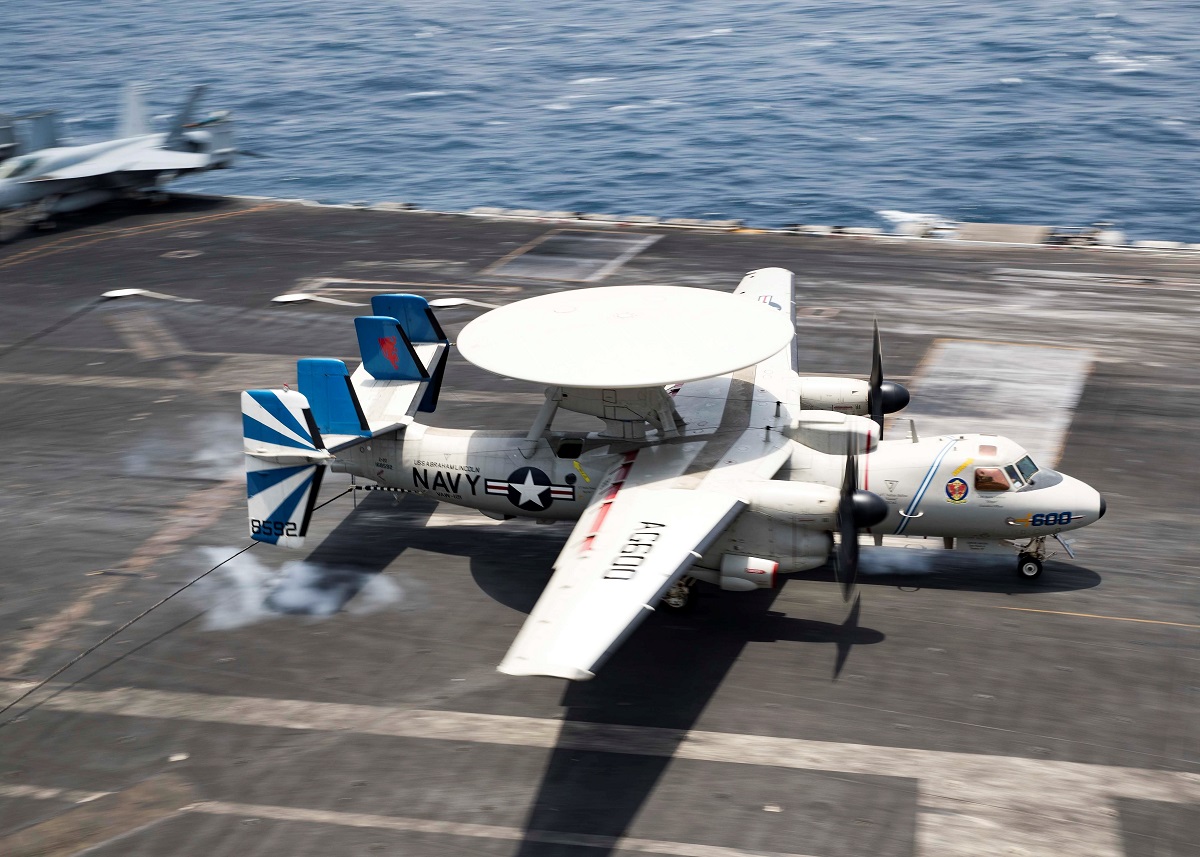The E-2 Hawkeye: Six Decades of Service
The E-2 Hawkeye, a Northrup Grumman-built aircraft, stands as a testament to its longevity, boasting a remarkable six decades of active service. This remarkable aircraft has proven its mettle in all weather conditions and from the decks of aircraft carriers, delivering crucial tactical airborne early warning capabilities. Conceived in the 1950s, the E-2 embarked on its maiden flight in 1960 before entering active service in 1964.
What makes the E-2 truly exceptional is that it continues to be in production even today, marking it as the longest-produced carrier-based aircraft in history.
Introducing the E-2 Hawkeye
The E-2 was designed with the intention to replace the E-1 Tracer and was the first aircraft ever purpose-built for airborne early warning capabilities. Prior airborne early warning aircraft were adapted from existing platforms, making the E-2 a pioneering development in this field.
One distinctive feature of the E-2 is the humming sound produced by its engines, earning it the affectionate nickname “Hummer.” On the carrier deck, amid jet-engine-equipped aircraft like the F/A-18 and F-35, the E-2 with its unique engine noise stands out.
While the E-2 has become a workhorse success story over the years, its initial design process encountered challenges. The U.S. Navy insisted that their new AEW aircraft could seamlessly integrate data with the Naval Tactical Data System found aboard Navy vessels. Additionally, it was a formidable task to ensure the E-2’s ability to land on aircraft carriers, especially during the 1950s when the Navy still operated World War II-era carriers like the Essex-class.
The E-2 was subject to stringent height, weight, and length restrictions to facilitate landing on the smaller carrier decks. Unfortunately, these requirements affected its handling and, in the end, the E-2 never operated from the Essex-class carriers.
The completed E-2 Hawkeye featured high wings, two Allison T56 turboprop engines, a retractable tricycle landing gear, and a tail hook to facilitate carrier landings. Its most distinguishing feature is the 24-foot diameter rotating radar dome, known as the rotodome, housing the E-2’s long-range radar and IFF system, essential for its mission.
The E-2 is the only carrier-based aircraft featuring a rotodome, as such systems are typically land-based, as seen with the E-3 Sentry, for instance.
For space-saving aboard the confined aircraft carrier, the E-2 incorporates a Sto-Wing, which can be folded when the Hawkeye is not in use. When operational, the E-2 requires a five-person crew, consisting of a pilot, co-pilot, combat information center officer, air control officer, and radar operator.
Overcoming Challenges
While the E-2 has enjoyed a long and illustrious service history, it faced issues upon entering service in 1964. One pressing problem was an inadequate cooling system that led to overheating of the aircraft’s densely packed avionics equipment, necessitating the grounding of the entire fleet.
Numerous upgrades were subsequently introduced, particularly with regard to onboard computer systems. This led to the development of the E-2B variant, which proved to be significantly more reliable, earning the trust of naval aviators.
Gradually, the E-2 solidified its place as a fundamental component of modern carrier air wings. Today, six decades after its debut, each carrier air wing features four E-2 Hawkeyes, highlighting its enduring importance in naval aviation.








